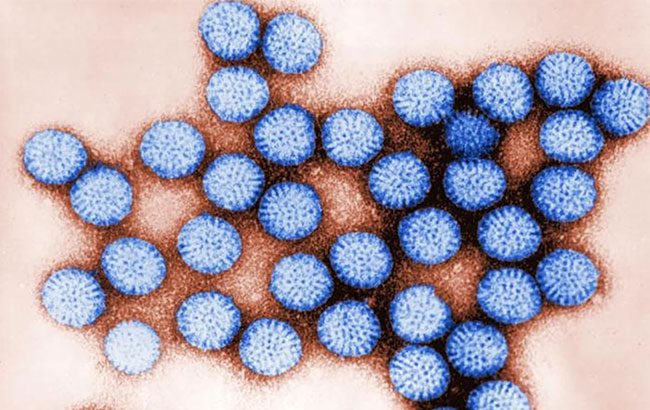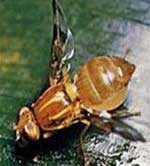Researchers have discovered that dangerous viruses can remain infectious for up to 3 days in freshwater environments by adhering to plastic objects.

Viruses can attach to microplastics, allowing them to survive longer.
Intestinal viruses that cause diarrhea and stomach disorders, such as rotavirus, can persist in freshwater environments by binding to microplastics, which are small particles less than 5 mm in size. Researchers from the University of Stirling in the UK found that these viruses remain infectious, posing a potential risk to human health.
Professor Richard Quilliam, the lead researcher of the project at the University of Stirling, stated: “We found that viruses can attach to microplastics, allowing them to survive in water for up to 3 days or possibly longer.”
The research team also noted that it is uncertain how well viruses can survive by adhering to plastic particles in the environment, but they do persist and remain infectious.
Scientists examined how plastics transport bacteria and viruses before concluding that microplastics facilitate the transmission of pathogens in the environment.
According to Mr. Quilliam, wastewater treatment plants cannot capture microplastics. “Even if a wastewater treatment facility is doing everything possible to clean waste, the effluent still contains microplastic particles, which are then carried down rivers and washed out to beaches.”
These plastic particles are so small that they can be ingested by humans. Although the impact of microplastics on human health is still uncertain, “if these microplastic fragments are colonized by human pathogens, it could pose a significant health risk,” Mr. Quilliam said.
Researchers tested two types of viruses: those with a lipid envelope, such as influenza viruses, and those without, like rotavirus and norovirus. They found that for enveloped viruses, the envelope quickly disintegrates, leading to the death of the virus, while non-enveloped viruses successfully adhere to microplastics and survive.
“Viruses can also attach to natural surfaces in the environment,” Mr. Quilliam noted, “but plastics persist much longer than other materials.”





















































